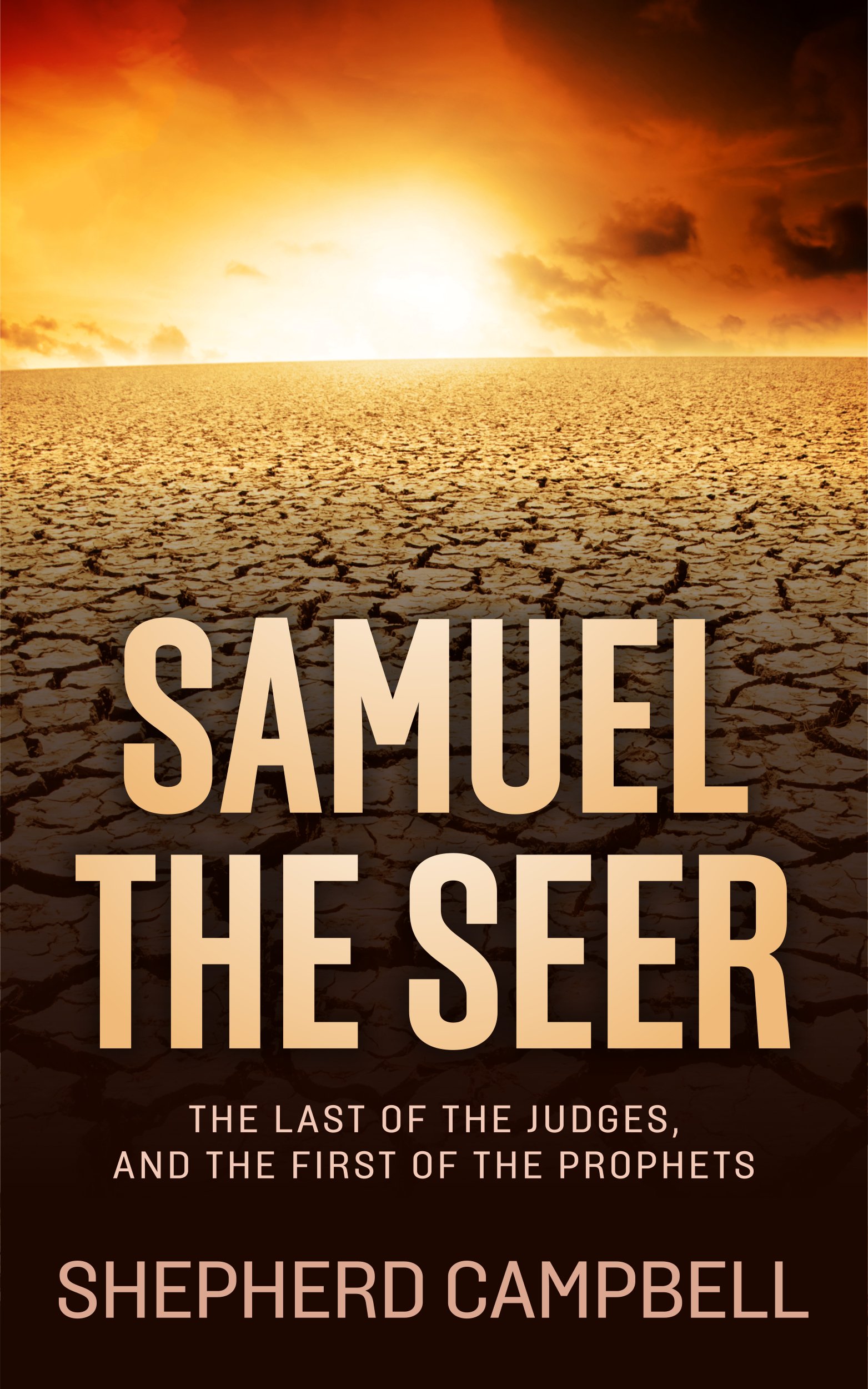NUBIAN HISTORY REVEALS MANETHO LIED ABOUT EGYPTIAN HISTORY Part One
by Lujack Skylark
(United States)
(1)Egyptian king Pepi I was the first Egyptian king to use Nubian mercenaries in war against the Amorites, when Egyptian historians state Menes formulated Egyptian history over 1,000 years before Pepi I established relations with the five major African Cushite tribes. There are seven Cushite tribes. (Genesis 10:7) Five are African. Sheba and Dedan are Asian.
(2)Nubia borders Egypt and Nubians equaled a mere 10% of Elephantine, Egypt's population when Pepi I reigned over Egypt when the Egyptians of Elephantine elected their first Nubian mayor in Pepi I's reign. It took 1,000 years for an Egyptian city to elect their first Nubian mayor? It certainly seems like Manetho invented many Egyptian dynasties.
(3)Egyptian king Pepi II continued to use Nubian mercenaries in his army. Pepi II lived to be 100 years old; and Amorites burned down the Egyptian temple in Byblos and also killed seven Egyptian shipbuilders in Byblos; and Pepi II sent no troops against the Amorites whom attacked Pepi II's citizens late in his reign. Egyptians did, however, burn down the Amorite temple at Mendes, Egypt. Foreigners were traveling in Egypt during dangerous times as Abraham witnessed. (Genesis 12:10-12)
(4)Egyptian priest historian Manetho did not use the Sakkara kings list which shows after the last Memphis king Pepi II died, the next king to arise to power in Egypt was the Thebean Nubian king Mentuhotep II who had declared Thebes independent, used Nubian troops to put down Egyptian nomarch's in the civil war following Pepi II death and ended the civil war in his 39th year reigning at Thebes, uniting the nation after driving the Amorites out of Egypt's delta.
(5)Abraham made friends with the Amorites living in the plain of Mamre. (Genesis 14:13) Abraham made friends with Aner, Eshcol and Mamre (Genesis 14:24) when Mentuhotep II was involved in the Egyptian civil war. Abraham's army defeated Elamite king Kindattu/Chedorlaomer (Genesis 14:1) whose army had invaded Canaan. Kindattu had destroyed Abraham's hometown UR. Abraham slew Kindattu/Chedorlaomer (Genesis 14:17)
(6)The Thebean Nubian Mentuhotep II had twelve wells dug along the Egyptian Nubian trade route during a Middle-East drought. The Egyptian maid Hagar searched for water in the wilderness of Beersheba when she ran out of water. (Genesis 21:14-15) God then provided Hagar with a well. (Genesis 21:17-19) Abraham had a dispute with the Philistines over a well. (Genesis 21:25)
(7)The Thebean Nubian Mentuhotep III reopens trade with Punt (Somalia) which had been closed during Egypt's civil war. The Thebean Nubian Mentuhotep IV was assassinated by Amenemhet I who moved the Egyptian capital from Thebes to Itj-tawy. The Nubian Segerseni from lower Nubia would contest Amenemhet I right to the throne. Amenemhet I sends twenty ships with troops to fight Segerseni and Amenemhet I wins victory.
(8)Amenemhet I builds "Walls of the Ruler" to keep nomadic Amorites from Canaan out of Egypt. Abraham age 175 (Genesis 25:7) having lived through the reigns of Pepi II, Mentuhotep II-IV and through most of Amenemhet I reign dies after the "Walls of the Ruler" has been completed. Senusret I is called "Throat Sliter of Asiatics" He is the reason God told Isaac not to enter Egypt. (Genesis 26:2) Senusret I invades lower Nubia and appoints Egyptian governors over Nubian conquered people's.
(9)Amenemhet II wages war against Nubia in his 28th year of reigning over Egypt. Amenemhet II receives Nubian gold as tribute. Minoans from the island of Crete in Amenemhet II's 28th year bring him the Tod treasure. Senusret II also receives Nubian gold as tribute from Nubians visiting Egypt.
(10)Senusret III four times in his reign must put down Nubian rebellions. Senusret III's 8th year he stops Nubian immigration into Egypt. Senusret III invaded Canaan and Joseph worked with both the economies of Egypt and Canaan. The Hyksos Canaanite Amorites went to Egypt exchanging their horses for bread. (Genesis 47:13-17) Senusret III let the Hyksos/Canaanites immigrate to Egypt. Senusret III builds the fortress at Buhen, Nubia. Archaeologist found a horse skeleton under the fortress ramparts dated to Senusret III reign in 1959 A.D.
Joseph entered Egypt at age 17. (Genesis 37:2) Joseph died at age 110 (Genesis 50:26). Joseph spent 93 years in Egypt. Oxford History of Egypt by Ian Shaw 2000 A.D. states Senusret III's reign was 39 years, Amenemhet III 45 years and Amenemhet IV 9 years. (39 + 45 + 9 = 93 years!) Joseph entered Egypt in Senusret III's first year and died a few months before Amenemhet IV died.
Hyksos chieftains: Sheshi, Yakubher, Khyan and Apepi I resided at Avaris, Egypt serving Joseph during the reigns of Egyptian kings Senusret III, Amenemhet III and Amenemhet IV.
